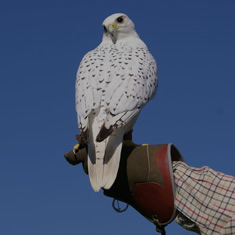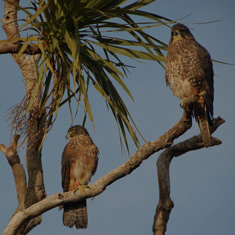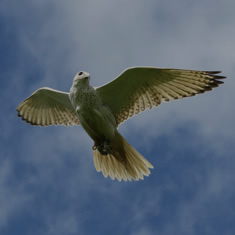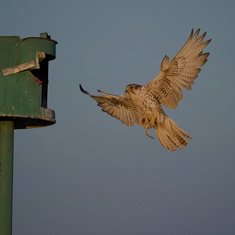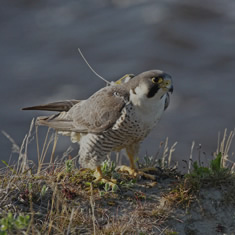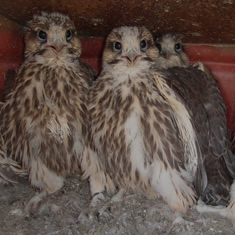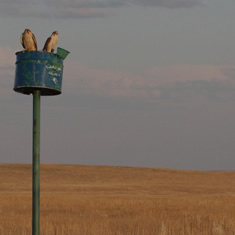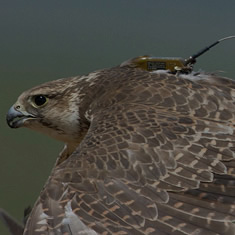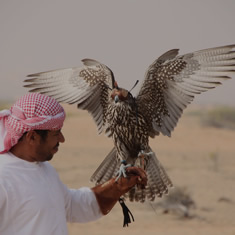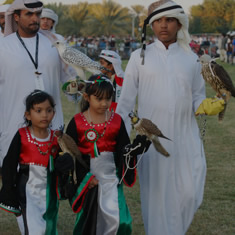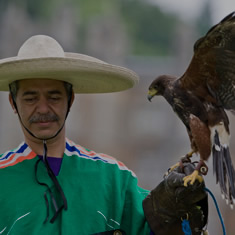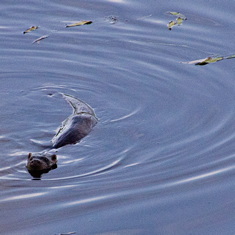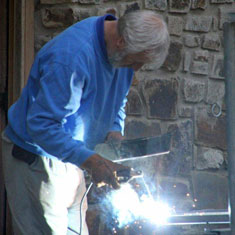- Tracks
Tracks and other linear features are easily overlooked as habitat types. One might assume that tracks would suffer from a loss of diversity as a result of the continual pressure of human activity. This is far from the truth and for the majority of the time they are quite literally alive with wildlife. A track will often act as an interface between two different habitats, bringing together species from each. It is not uncommon for mammals to use them as ‘wildlife corridors’ and many species of bird prefer to nest in the banks and hedgerows associated with tracks, despite being used continually by humans as access routes.
A few of the tracks on the farm are shown below:



The following table lists those species found in this habitat to date:
| Common Name | Scientific Name |
| Speckled Yellow Moth | Pseudopanthera macularia |
| Speckled Wood | Pararge aegeria |
| Yellow Shell Moth | Camptogramma bilineata |
| Golden-Ringed Dragonfly | Cordulegaster boltonii |
| Buff tailed Bumble bee | Bombus terrestris |
| Red-Tailed Bumble Bee | Bombus lapidarius |
| Honey Bee | Apis mellifera |
| Devil's Coach-Horse | Ocypus olens |
| Weevil | Phyllobius pomaceus |
| Tenthredinid Sawfly | Tenthredo mesomelas |
| Green Bottle Yellow Dung Fly | Lucilia caesar Scatophaga stercoraria |
| Bugle | Ajuga reptans |
| Creeping Buttercup | Ranunculus repens |
| Foxglove | Digitalis purpurea |
| Germander Speedwell | Veronica chamaedrys |
| Greater Stitchwort | Stellaria holostea |
| Ground Ivy | Nepeta hederacea |
| Herb Robert | Geranium robertianum |
| Lesser Stitchwort | Stellaria graminea |
| Meadow Cranesbill | Geranium pratense |
| Cocksfoot | Dactylis glomerata |
| Common Bent | Agrostis tenuis |
| Common Couch | Agropyron repens |
| Creeping Bent | Agrostis stolonifera |
| Maiden Pink | Dianthus deltoides |
| Perennial Rye Grass | Lolium perenne |
| Red Dead-Nettle | Lamium purpureum |
| Rough Meadow Grass | Poa trivialis |
| Soft Brome | Bromus hordeaceus |
| Timothy | Phleum pratense |
| Upright Brome | Bromus erectus |
| Yellow Loosestrife | Lysimachia vulgaris |
Unidentified Species

